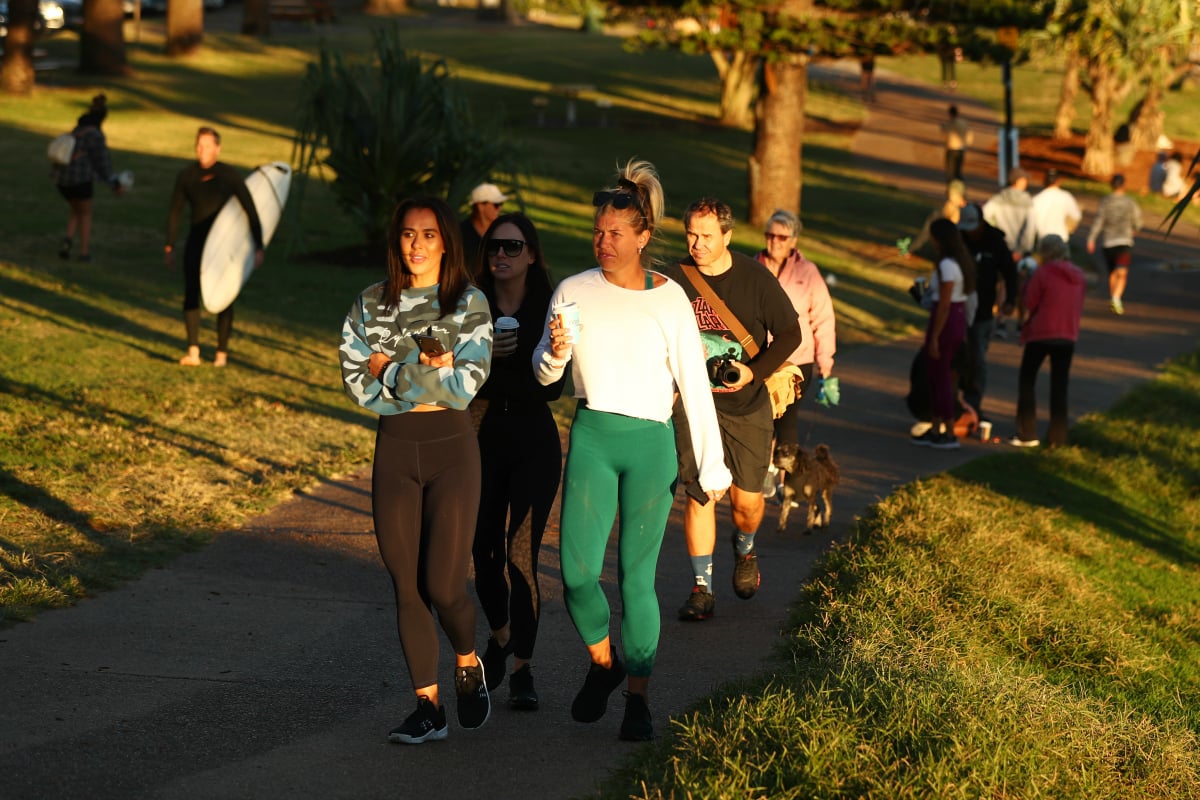
As Australia’s lockdown restrictions begin to relax, there is a new phrase everyone is talking about: the second wave.
With the nation now consistently recording less than 20 new coronavirus cases per day over the past week, lifting the nationwide social distancing restrictions will be discussed a week earlier than expected, the Prime Minister announced in his latest press conference.
But as Western Australia premier Mark McGowan said on the weekend, in a sentiment echoed by medical experts and politicians across the nation, “Having our numbers stay low is incredibly important to us being able to free up some of the restrictions.”
“We just want to be sure. The history of pandemics around the world is there is a second wave.”
Chief medical officer Professor Brendan Murphy also confirmed on Sunday that it will be a slow path back to normality, with experts wary of the risk posed by a fresh onset of infections.
“Although we are now seriously looking at what measures could be relaxed… we are very cautious about the need to move slowly,” Professor Murphy told reporters in Canberra.
“The lessons we have learnt from overseas is that if you go too quickly and open up things too quickly, you can get a second wave.”
Listen: Life after 40 days of lockdown: checking in with Italy, England and Spain. Post continues below.
